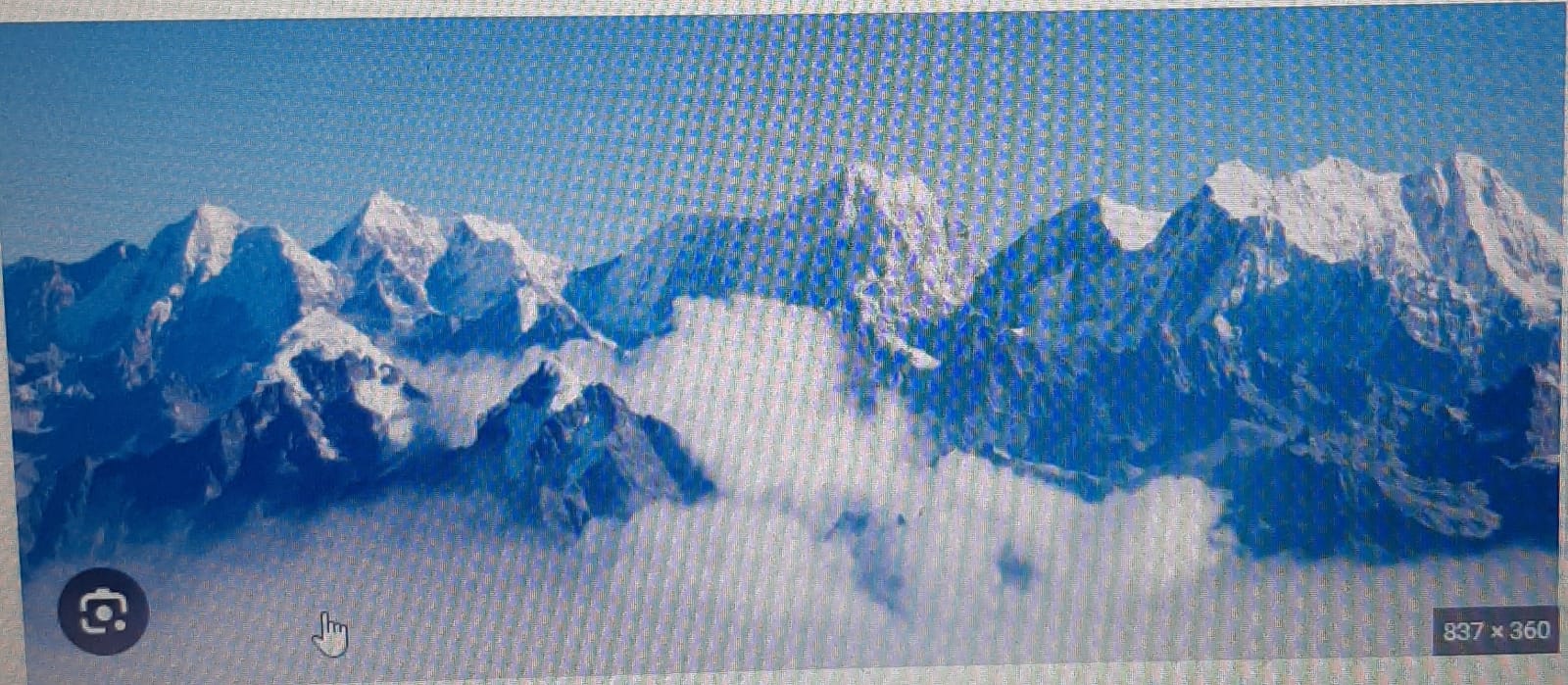
As the youngest mountain range connected to half a dozen countries, affecting the geo-climate over a large region, the little attention given to the integrated eco-friendly, development of this massive zone is inexplicable, writes Prof. H C Pande
‘Nature can not be commanded except by being obeyed’
………..Francis Bacon
‘Nature is good and civilisation bad’
………..Rousseau.
Climate change is the now the favourite topic of conversation, seminars and symposia. Any number of theories have been put forward and the blame game as to who are the culprits is at fever pitch. Well,the theorising is fine and pinning down the culprits is fine but in this preoccupation ignoring what is obvious and sticks out as the mighty Himalayas ,which is none other than the mighty Himalayas themselves.
As the youngest mountain range connected to half a dozen countries, affecting the geo-climate over a large region,the little attention given to the integrated eco-friendly, development of this massive zone is inexplicable. Totally ignoring the ground realities, unconnected plans, and, that too in bits and pieces,of the concerned states and countries seems to be inviting an eco-disaster sooner rather than later.Natural calamities do not need an invitation they only look for human foolishness and invite themselves
Almost half a century ago,in our Parliament,there was a proposal for creating an autonomous authority for the entire Himalayan zone of the country,to ensure that the development of this resource rich region can be taken up in a manner keeping in mind the strategic,environmental,and sustainability requirements as well as the limits to growth.This proposal however was not given serious attention as few understand this vital but complex issue and,as a result,disaster is at our doorstep if not already across the threshold.
The events of recent years have shown how expensive this oversight has become.Landslides,both minor and major,ground fissures both on the surface and subterranean,vanishing flora and fauna,micro-climate changes are now a continuing affair.The situation,as of now,is so unnerving,that if any ,or, all of these do not happen,one is worried if worse is going to follow.Yet it appears that the powers-that-be,and,the people-at-large,refuse to learn a lesson,and,in a great hurry for immediate gains,keep summoning an avoidable double-whammy of destruction and death.For political clout,construction spree goes on without regard to the geological parameters or even the utility of the project in the context of priorities of development.Reaching everywhere by a motorway does not make sense in the hilly region other than that for the movement of the armed forces for defence purposes.All the villages,even in Switzerland,are not reachable by motorway.Expanding the existing townships to accommodate more offices or enterprises without regard to the limitations necessary for sustainability is fatal in the long run.Furthermore a decentralised development model is eminently workable with the application of information technology and concentration of activities beyond sustainability can be avoided and uniform advancement over the entire region is achieved.
To avoid a certain disaster an integrated development plan for the entire Himalayan region is imperative which is only possible by establishing an autonomous authority and perhaps it is not too late to take the required steps as of now. The generation to come should not be given grounds to blame the preceding one for ruining their future by allowing a preventable calamity.The Red Indian Chief was wise when he said:
“Treat the earth well;it was not given to you by your parents,it was loaned to you by your children.We do not inherit the Earth from our ancestors,we borrow it from our children.”
(Prof. H C Pande is Vice Chancellor Emeritus, BITS, Mesra)









